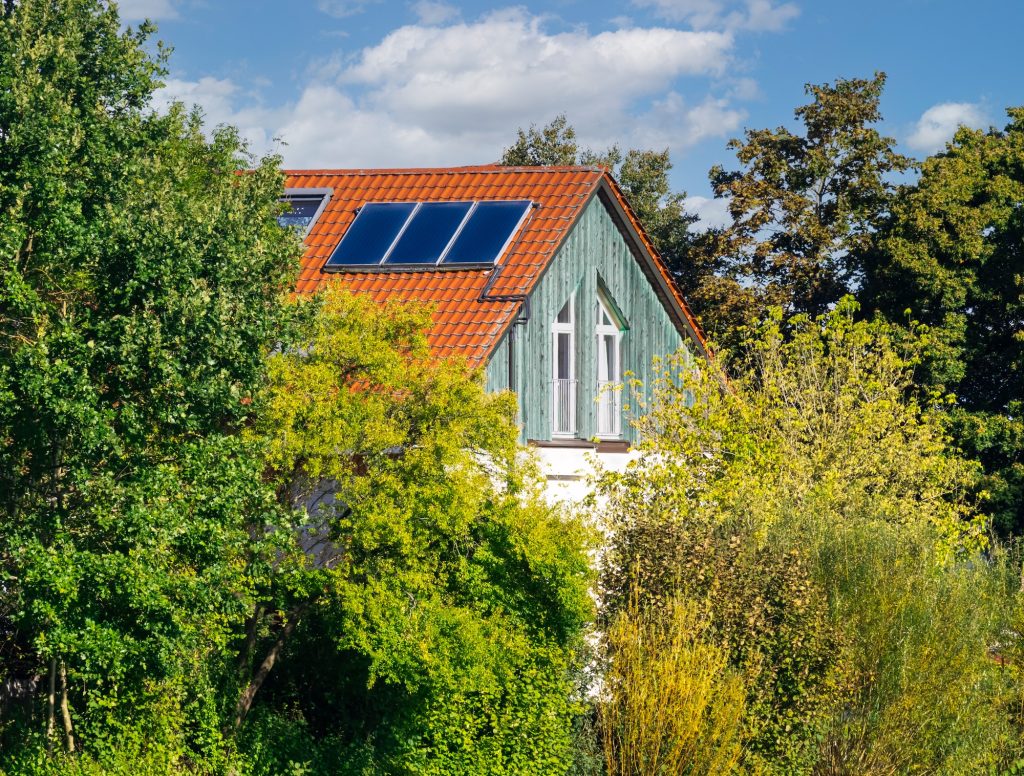In an era where energy conservation and sustainability are paramount, the role of home heating systems becomes essential. Besides being a key factor in our domestic comfort, heating systems significantly affect your monthly bills and environmental footprint. By delving into the most efficient home heating systems available today, homeowners can make informed decisions that cater to their comfort and ecological and economic concerns.
Contents
Understanding Home Heating Basics

Every home requires an effective mechanism to counter chilly weather. At the heart of home heating lies the simple principle of transferring energy from a source to spread warmth. This could be through combustion, electric resistance, or other innovative methods. Regardless of the medium, the efficiency of this energy transfer plays a pivotal role in determining energy consumption and costs.
Heating systems encompass more than just devices; they involve a complex integration of mechanisms and sources. The options are myriad, from traditional furnaces burning fossil fuels to radiant floors using electricity. But with each comes its unique advantages, energy implications, and costs. Identifying these differences is the first step toward understanding what makes a system efficient and suitable for a particular home.
Central Heating Systems

The central heating system, a mainstay in many homes, operates by heating a central source, disseminating heat throughout the space. Furnaces, which heat air and distribute it via ducts, and boilers, which heat water and send it to radiators, are prime examples. The broad acceptance of central heating systems can be attributed to their ability to provide consistent warmth throughout the household.
Different homes and regions might prefer furnaces over boilers or vice versa based on the prevalent energy sources and climatic conditions. For instance, homes with existing ductwork might find furnaces more compatible, while those in colder climates might prefer boilers for their ability to provide hotter temperatures. However, the overarching theme remains consistent: central heating is all about distribution and the evenness of warmth.
Heat Pumps

In terms of versatility, heat pumps stand out prominently. Not only do they offer heating solutions, but they also double up as cooling systems during warmer months. The basic premise is the transfer of heat from one source to another. An air-source heat pump, for instance, extracts heat from the outside air and pumps it indoors during winters and vice versa during summers.
Ground-source or geothermal heat pumps operate on a similar principle but leverage the constant temperatures of the ground beneath us. They’re especially effective in regions with milder climates, offering significant savings on heating bills. One of the compelling reasons for the growing popularity of heat pumps is their dual functionality coupled with energy efficiency, especially when compared to traditional heating and cooling units.
Radiant Floor Heating

Underfoot warmth is a luxury and a reality with radiant floor heating. By placing heating coils or water tubes beneath the floor, this system ensures that warmth rises naturally, providing an even and comfortable temperature throughout the room. Since heat naturally rises, heating from the ground up proves more efficient than other systems that heat air at higher levels.
Unlike traditional systems that might leave cold spots or inconsistencies, radiant floor heating offers a unique uniformity. The heat is distributed over the entire floor, turning the surface into a large radiator. This not only means consistent warmth but also leads to energy savings in the long run. Furthermore, with no noisy fans or blowers, it’s one of the quietest systems available.
Solar Heating Systems

Harnessing the sun’s power, solar heating systems are a testament to sustainable living. They come in two main types: passive and active. The passive solar design utilizes the architectural elements of a home, such as its windows and walls, to capture and store heat. On the other hand, active solar heating employs solar collectors and pumps to circulate heated air or liquid through the home.
The undeniable advantage of solar heating is its minimal environmental impact. Once installed, these systems draw power from a renewable source, drastically reducing greenhouse gas emissions. However, their efficiency is contingent on the geographical location of the home and the amount of sunlight received. Nevertheless, with advancing technology and decreasing costs, solar heating systems are fast becoming a favorite for eco-conscious homeowners.
Biomass Heating Systems

From the remnants of nature, we derive warmth. Biomass heating systems, which use organic materials like wood or pellets, have been used for ages and are making a resurgence in modern homes. The combustion of these organic materials produces heat, which is then used to warm up living spaces. Wood-burning stoves and pellet stoves are the most common implementations of this technology.
One of the selling points of biomass heating is the idea of using renewable energy. Wood, especially when sourced sustainably, is carbon-neutral, making it an environmentally sound choice. However, it’s imperative to ensure efficient combustion and proper ventilation when using biomass systems to minimize the release of pollutants and maximize heat output.
Hydronic Heating

Water’s capacity to retain heat makes hydronic heating a highly efficient system. Operating by heating water and circulating it through sealed pipes to radiators throughout the home offers an even and consistent source of warmth. The source of heat for the water can vary, from gas boilers to solar panels, offering flexibility in terms of energy sources.
Hydronic systems’ edge over others is their minimal dust movement, making them ideal for those with allergies. Moreover, they are known for their silent operation, devoid of the hums and buzzes of fans. The flexibility in temperature control for individual rooms and the system’s overall efficiency make it a preferred choice for many homeowners.
Comparing Costs and Efficiencies

When deciding, two factors often take precedence: cost and efficiency. While initial installation costs can be a deterrent for some systems, long-term operational savings might offset them. Factors like regional climate, size of the home, and insulation play a crucial role in determining the most cost-effective and efficient system.
The energy efficiency rating of a system serves as an indicator of its performance. However, a holistic decision should encompass the ratings, maintenance costs, longevity, and ecological implications. For instance, while solar systems have higher upfront costs, their long-term economic and environmental benefits outweigh the initial investment.
The Bottom Line
Homeowners have many choices in the quest for warmth, each with unique advantages and nuances. The decision, while influenced by costs and efficiency, should also reflect one’s values and long-term vision. An energy-efficient home is not just a cost-saving mechanism; it’s a step towards a sustainable future, a testament to living in harmony with nature while enjoying the comforts of modern living.



